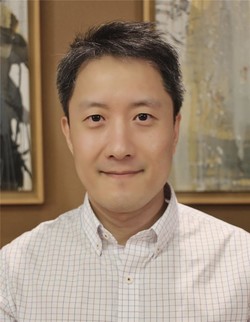Konkuk University School of Medicine said its researchers have developed a machine learning-based genomic expression map that controls endothelial cells' aging (EC).

The development is likely to present a new paradigm for treating elderly vascular diseases, the university said in a news release on Monday.
The research team, led by Professor Kim Sung-young from the Department of Biochemistry at Konkuk University School of Medicine, has established a unique transcriptional map of EC using its machine learning-based meta-analytic algorithm.
The method is a statistical technique that integrates data statistics from independent but similar studies to assess results' consistency, increasing accuracy and validation. It allows researchers to calculate the estimates of the effectiveness of important result variables that other studies had overlooked, researchers said.
The team combined individual biopath-based machine learning algorithms with meta-analysis and discovered 400 differentially expressed genes related to CE aging and 36 key genes related to biological pathways.
Particularly, it found that the enzyme PHGDH plays a significant role in CE aging, involving serine biosynthesis metabolism, a key metabolic pathway for single carbon metabolism. PHGDH, or committed step enzyme, involves the irreversible enzyme reaction at the branch of metabolism.
The aging of arteries has been a significant cause of aging-related diseases. Yet, the decryption of aging arteries and the molecular-biologic mechanism of such diseases have been left unfinished, which adds significance to the study, according to the news release.
“With medical scientists researching many anticancer drugs targeting single carbon metabolism, the discovery is expected to provide significant clues to controlling senile vascular diseases by using such treatments,” Professor Lee said.
The study was published in the latest issue of ARR, an influential journal in the field of senescence.

